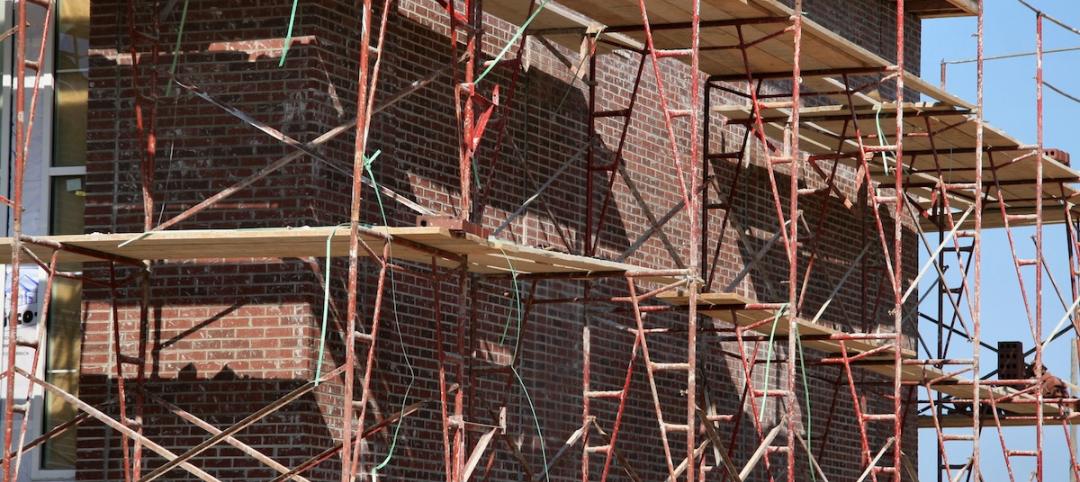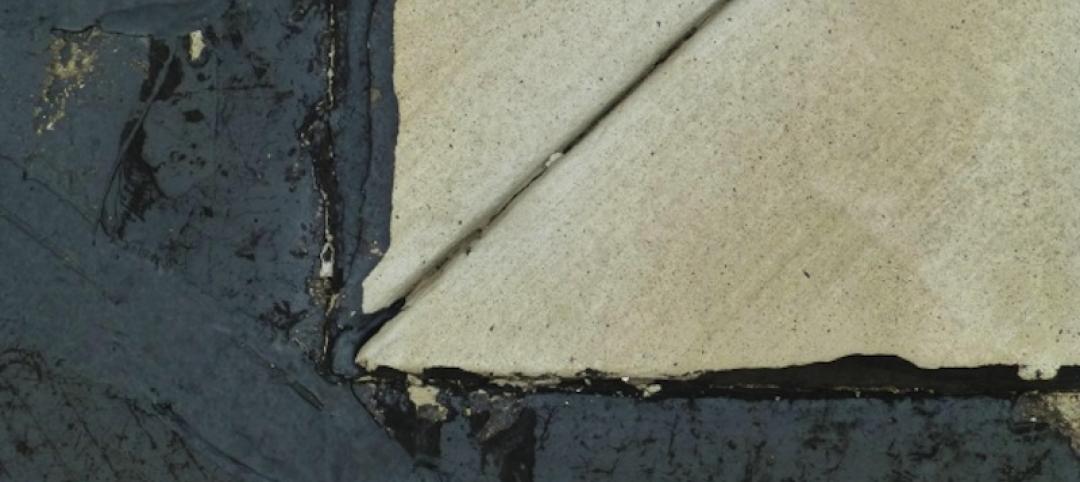In response to manufacturer demand, the Health Product Declaration Collaborative, together with GreenCE, GreenCircle, NSF International, PE International, SCS Global Services, ToxServices LLC, and UL Environment, is developing an official protocol for third party verification of HPDs. A similar process is underway to define expectations for quality assurance consulting.
The Health Product DeclarationTM (HPDTM) offers a framework for manufacturers to list product ingredients and associated health information. It also provides a context towards a better understanding of the variables in existing inventory systems.
“Establishing common criteria for third party verification and quality assurance consulting is critical to advance the collective knowledge of the building industry, particularly as questions move up the supply chain,” said Eden Brukman, Technical Director of the HPD Collaborative. “For these services to be successful, consistency is key.”
Alpar Architectural Products LLC, ASSA ABLOY Door Security Solutions, Bradley Corporation, Cosentino Group, Forbo Flooring Systems, GAF, Interface, Mohawk Group, Nydree Flooring, PROSOCO, and Teknion are already working with one or more of the provisional third party verifiers and quality assurance consultants so that, when released in Spring 2014, the official protocols will be based on functional experience and the best standard of practice. This initial discovery phase of documenting the necessary methodology, credentials, and training will run through February 2014. Additional manufacturers are also encouraged to participate.
“Decision makers are looking for more information than ever before about the products they specify, and we know that they see value in that information being backed by third-party substantiation,” said Sara Greenstein, President, UL Environment. “UL Environment is proud to participate in this pilot with the HPD Collaborative to ensure quality and consistency in the verification process, and to offer manufacturers a way to meet new market demands for third-party verified Health Product Declarations.”
“Creating a third-party review process for HPDs is a necessary step in providing accurate material content data, and GreenCircle is proud to be at the forefront of this movement,” said Tad Radzinski, Certification Officer.
Dr. Margaret Whittaker, Managing Director and Chief Toxicologist of ToxServices LLC added: “The HPD is a valuable tool for all levels of the supply chain and an important first step in a manufacturer’s commitment to product sustainability. ToxServices is pleased to help product manufacturers complete their HPDs and to provide confidential third-party services that facilitate the reporting of proprietary formulation information.”
"The HPD is a much needed step forward for the construction industry,” said Tara Blank, Ph.D. of Elixir Environmental. “GreenCE and Elixir Environmental are excited to be involved in the pilot program for development of a third party verification system for The HPD, which we expect will act to further increase transparency and accountability of building products."
Teresa McGrath, Supervising Toxicologist for NSF Green Chemistry Programs agreed, “HPDs are an important addition to the expanding portfolio of product information. Along with environmental product declarations (EPDs) and multi-attribute sustainability standards, HPDs will allow specifiers, buyers, and end users to get a standardized set of third-party verified, transparent data and information about the materials and any potential hazards associated with ingredients in building products. NSF is committed to helping the business products industry meet the HPD requirements and providing third-party validation services.”
“Transparency and disclosure are now market requirements. Providing software solutions and technical support for the development of protocols and various types of product declarations and public reports is the core of our business, and has been for 20 years,” said Heather Gadonniex, Business Development Director, PE INTERNATIONAL. “We are pleased to lend our collective expertise to drive continuous improvement of the HPD standard and ensure our clients’ interests are represented throughout the process.”
“SCS Global Services is committed to the continual improvement of the HPD process to ensure the highest level of chemical transparency and disclosure,” said Stowe Beam, Managing Director of Environmental Certification Services. “As a trusted leader in environmental certification, we are pleased to offer third-party verification of HPDs and inform the HBD Collaborative pilot to develop a standardized verification system.”
About Health Product Declaration Collaborative
The Health Product Declaration Collaborative is a customer-led organization committed to the continuous improvement of the building industry’s performance through openness and innovation in the product supply chain. The HPD Collaborative created and supports the Health Product Declaration (HPD), an objective tool for the accurate reporting of product contents and how each ingredient relates to the bigger picture for ecological health. The HPD helps us impartially define the critical information needed by manufacturers, suppliers, building designers, specifiers, owners, and users. It is freely available at www.hpdcollaborative.org.
Related Stories
Building Materials | Apr 15, 2015
Prices for construction materials see highest spike in two years
Results from the Bureau of Labor Statistics showed that prices for construction materials rose 0.8% in March, the largest monthly increase in more than two years.
Building Materials | Apr 14, 2015
French firm proposes sand and bacteria as building material in the Sahara
Deserts are already abundant with sand, so why not construct buildings out of it? This was the thought behind Flohara, a collection of shelters developed by Paris-based XTU Architects.
Sponsored | Windows and Doors | Apr 14, 2015
Energy Retrofits: Getting the Whole Picture on Energy Analysis
Modular Building | Mar 10, 2015
Must see: 57-story modular skyscraper was completed in 19 days
After erecting the mega prefab tower in Changsha, China, modular builder BSB stated, “three floors in a day is China’s new normal.”
Sponsored | Metals | Mar 10, 2015
Metal Building Systems: A Rising Star in the Market
A new report by the Metal Building Manufacturer's Association explains the entity's efforts in refining and extending metal building systems as a construction choice.
Building Materials | Feb 19, 2015
Prices for construction materials fall in January, following plummet of oil prices
The decline in oil and petroleum prices finally showed up in the produce price index data, according to ABC Chief Economist Anirban Basu.
Steel Buildings | Feb 10, 2015
Korean researchers discover 'super steel'
The new alloy makes steel as strong as titanium.
| Dec 29, 2014
From Ag waste to organic brick: Corn stalks reused to make construction materials [BD+C's 2014 Great Solutions Report]
Ecovative Design applies its cradle-to-cradle process to produce 10,000 organic bricks used to build a three-tower structure in Long Island City, N.Y. The demonstration project was named a 2014 Great Solution by the editors of Building Design+Construction.
| Dec 28, 2014
New trends in ceiling designs and materials [AIA course]
A broad array of new and improved ceiling products offers designers everything from superior acoustics and closed-loop, recycled content to eased integration with lighting systems, HVAC diffusers, fire sprinkler heads, and other overhead problems. This course describes how Building Teams are exploring ways to go beyond the treatment of ceilings as white, monolithic planes.
| Oct 30, 2014
CannonDesign releases guide for specifying flooring in healthcare settings
The new report, "Flooring Applications in Healthcare Settings," compares and contrasts different flooring types in the context of parameters such as health and safety impact, design and operational issues, environmental considerations, economics, and product options.

















